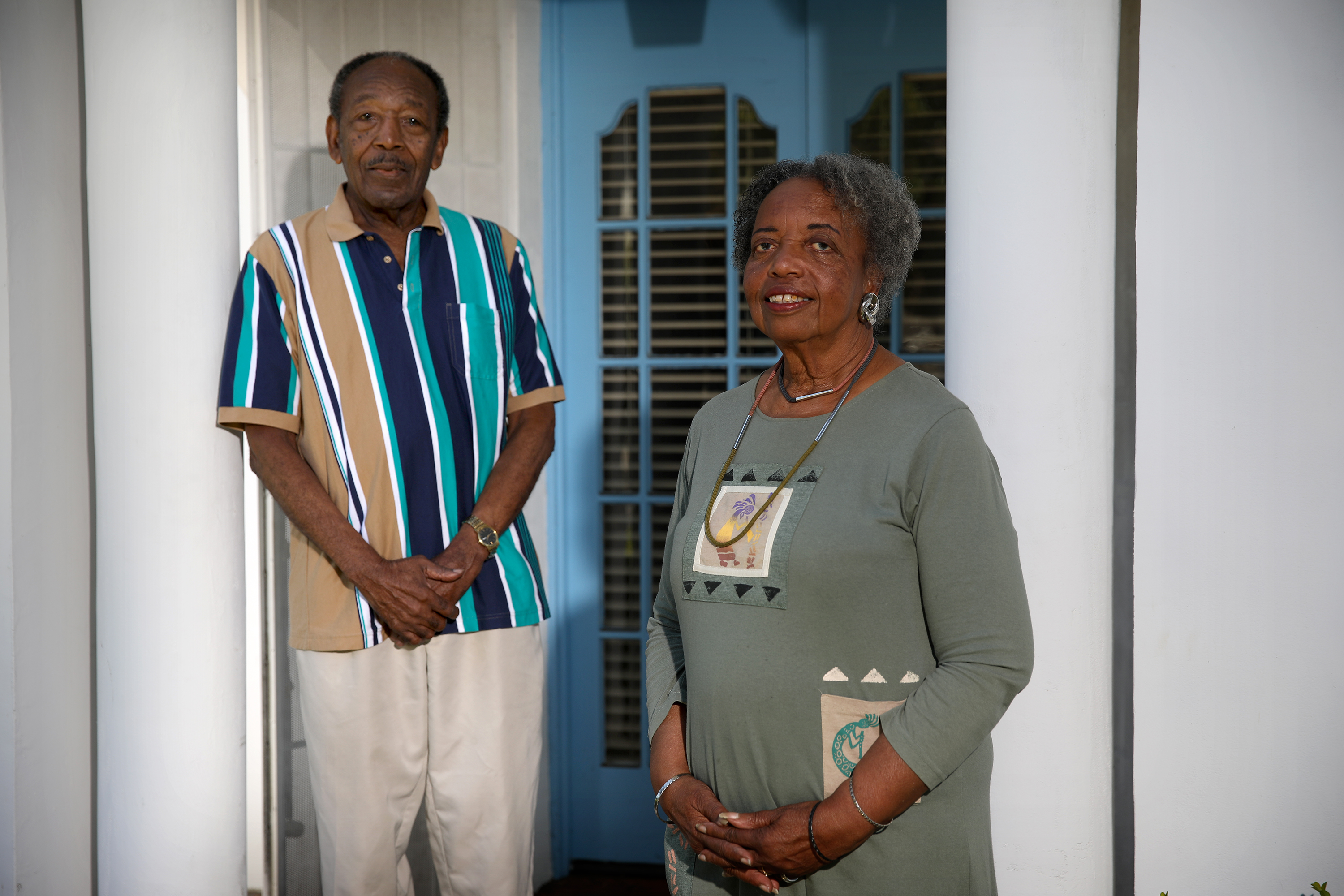Invisible in Plain Sight
Celebrating Juneteenth in Santa Barbara

Juneteenth or National Freedom Day was officially recognized by the California Legislature in 2003 as a day of observance. The third Saturday in June was designated as time to honor and reflect on the significant roles that African Americans have played in the history of the United States. The history of Juneteenth goes back 156 years and commemorates the date June 19 in 1865 when the Union Army general Gordon Granger arrived in Galveston, Texas, with the news that the Emancipation Proclamation had been signed two and a half years earlier on January 1, 1963. The Civil War was over and slavery was outlawed. The formerly enslaved people commenced celebrating their freedom from bondage with a huge feast.
There is a black community in Santa Barbara — with a long history of survival. It mirrors many black communities across America. Some families can trace their roots here back to the time of slavery. The NAACP chapter here was formed in 1919 following an incident involving Mr. Lewellen Spenser. The George Washington Carver Scholarship Club was started in 1931. There were identifiably black businesses on Haley Street — the Elk’s Lodge, the Golden Bird Restaurant, and Brother Brown’s Barber Shop.
Get the top stories in your inbox by signing up for our daily newsletter, Indy Today.
In the early years, African American children attended Lincoln Elementary School on Cota Street, and following its closing, many went to Franklin Elementary School on the Eastside. Contrary to the widespread myth of being an “invisible community,” African Americans in Santa Barbara have always been in plain sight.
Black churches were central to the lives of many who lived here. The most prominent — St. Paul AME, Second Baptist, Friendship Missionary Baptist, Greater Hope Missionary Baptist, and Lewis Chapel CME — have been pillars in the community. Black clubs and civic organizations were mainstays in the social life, including the Eastern Star, the Masons, and the Elks, as well as the NAACP and the Carver Club.
Many of the African Americans who have been a part of the Santa Barbara community have family ties to Texas as well as the neighboring states Louisiana and Oklahoma. During the First Great Migration of the 1920s and 1930s, 1.5 million black families moved west, mostly to Los Angeles and San Francisco. And during the Second Great Migration (1940s to 1970s), over five million came west seeking to escape racism, segregation, and lack of economic opportunity.
Many of Santa Barbara’s black families were part of that 60-year migration. Well-known names in the history of our town, such as Simms, Thomas, Garrett, Moten, Hopkins, Seaton, Franklin, and Moore, came from towns in Texas including Midland, Bryan, Navasota, Tyler, Lamesa, Port Arthur, Jacksonville, and Mahair. Many who came here during the 1940s, now in their septuagenarian years, still remember their childhood days. They have strong memories of celebrating Juneteenth, even if they had not yet learned its significance. They remember the barbecues, drinking red pop, eating watermelon, and telling family stories. It was a day to celebrate and be free. For many, it was the only “black holiday” in the year.
It is through these families that the memories of Juneteenth celebrations and the stories of struggle and overcoming the harsh realities of racism have survived. It is a time of coming together, celebrating the old days, and teaching the children about their ancestors and the history of their families. In recent years, black family reunions — in Santa Barbara and nationwide — embrace the entire African American community.
During the past 50 years, all but three states have come to recognize and celebrate Juneteenth. The effort to make Juneteenth a federal holiday continues.
Sojourner Kincaid Rolle, a 35-year resident of Santa Barbara, is a poet, playwright and cultural activist. She served a two-year term as S.B.’s Poet Laureate (2015-2017) and is known for her work with young people and toward raising awareness throughout.



